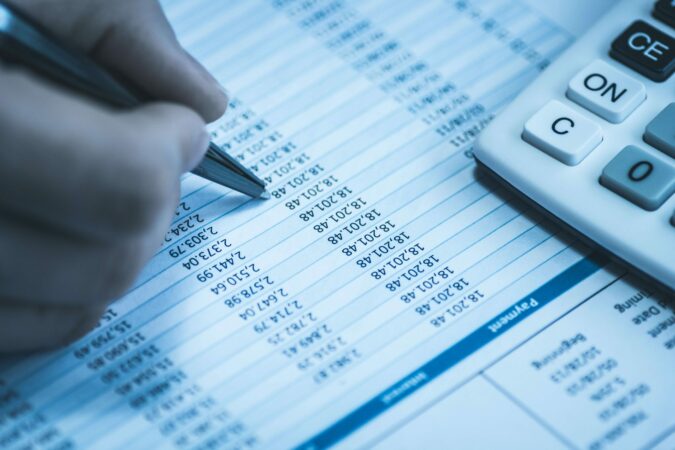
However, it https://www.bookstime.com/ might also highlight inefficient cash utilization, indicating that the business is unable to make an effective use of its cash reserves. This could also be due to inefficient investment strategies, lack of growth initiatives, or over-reliance on cash. On the other hand, a lower DCOH may indicate potential liquidity concerns, highlighting that the business needs to focus on cash management practices.
Cash shortage journal entry
During the day sales of 1,400 are entered into the register, and a cash count at https://www.facebook.com/BooksTimeInc/ the end of the day shows cash of 1,614 as summarized below. A cash over normally occurs in a retail accounting environment when the sales are reconciled to the cash receipts in the register at the end of the business day. If the cash in the register is more than the sales there is said to be a cash over. Likewise, if the cash is less than the sales the cash is said to be short. This term pertains primarily to cash-intensive businesses in the retail and banking sectors, as well as those that need to handle petty cash.
- Cash Over and Short is an income statement account used to track differences in cash collections from what is expected and what is actual.
- For businesses that accumulate cash in expectation of slow sales or upcoming large expenses, a point-in-time measurement may not help fully capture the nuances of a business’s cash flow cycle.
- Features like this help manage general ledger posting rules for bank transactions.
- The revenue is still recognized by the company in the month of the sale, and it shows up in net income on its income statement.
- This account is used to record both increases and decreases to profits resulting from errors.
Income Statement

This cash-over-short account should be classified as an income-statement account, not an expense account because the recorded errors can increase or decrease a company’s profits on its income statement. Debit your cash short and over account in your journal entry by the amount of cash short. Alternatively, credit your cash short and over how to find cash over and short account by the amount of cash over.
Subsequent Events Impact on Financial Reporting
- If the cash in the register is less than the sales there is said to be a cash shortage.
- The cash over and short account is used to record the difference between the expected cash balance and the actual cash balance in the imprest account.
- However, startups might need more cash reserves compared to established businesses.
- For example, proceeds from the issuance of stocks and bonds, dividend payments, and interest payments will be included under financing activities.
- Analyst’s community looks into this section with hawkeye as it shows the viability of the business conducted by the company.
- It is usually better to have a higher days cash on hand ratio as it shows more cash reserve and that a business is financially stable and flexible to deal with unexpected expenses or settle additional debts.
The cash over and short account is used to record the difference between the expected cash balance and the actual cash balance in the imprest account. The Financial Accounting Standards Board (FASB) recommends that companies use the direct method as it offers a clearer picture of cash flows in and out of a business. The offset to the $500 of revenue would appear in the accounts receivable line item on the balance sheet. On the cash flow statement, there would need to be a reduction from net income in the amount of the $500 increase to accounts receivable due to this sale. It would be displayed on the cash flow statement as “Increase in Accounts Receivable -$500.”

- A firm should note instances of cash variances in a single, easily accessible account.
- As we have seen throughout the article, cash flow from operations is a great indicator of the company’s core operations.
- Addressing these variances promptly ensures transparency and maintains the robustness of financial practices.
- Generally, the amounts in the account Cash Short and Over are so small that the account balance will be included with other insignificant amounts reported on the income statement as Other Expenses.
- Debit your cash short and over account in your journal entry by the amount of cash short.
- A controller conducts a monthly review of a petty cash box that should contain a standard cash balance of $200.
In addition, any changes in balance sheet accounts are also added to or subtracted from the net income to account for the overall cash flow. Cash Over and Short is an income statement account used to track differences in cash collections from what is expected and what is actual. It is used in businesses that use cash in day-to-day operations, for example, retail stores and restaurants. Cash Over and Short reconciles what is in the cash drawer vs. what the cash register record says should be in the cash drawer. On the other hand, if the company has a cash shortage in the petty cash fund, it can make the journal entry with the debit of cash over and short account instead.
- In order to clearly understand this cash over and short, let’s go through the examples below.
- If DCOH is low, businesses may find it difficult to meet short-term obligations, such as rent, salaries, and vendor payments.
- Chartered accountant Michael Brown is the founder and CEO of Double Entry Bookkeeping.
- The goal is to trace the origin of the discrepancy, whether it’s a simple cashier error or a more complex issue like misrecorded sales.
- The account stores the amount by which the actual ending cash balance differs from the beginning book balance of cash on hand, plus or minus any recorded cash transactions during the period.
Cash over and short journal entry

Calculate the days cash on hand by dividing cash on hand by average daily operating expenses. Average daily operating expenses is derived by subtracting non-cash items from the total operating expenses, then dividing by 365. It is a financial metric that helps determine the number of days your existing cash flow can meet your operational expenses. It not only helps evaluate the liquidity and economic stability of a business but also enables accurate financial forecasting and planning. The cash over and short account is used when an imprest account, such as petty cash, fails to prove out.
